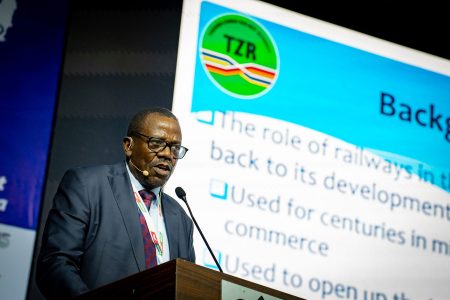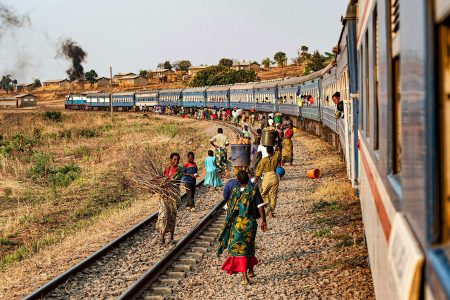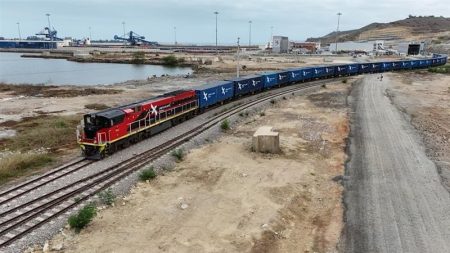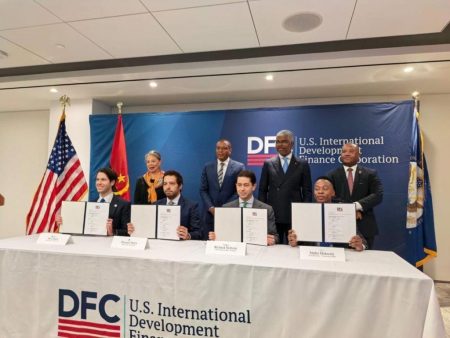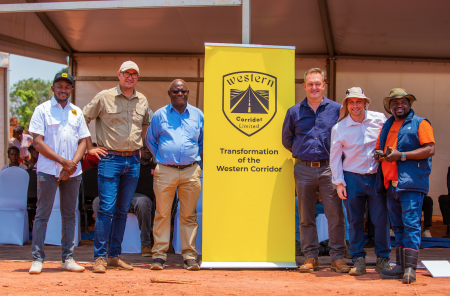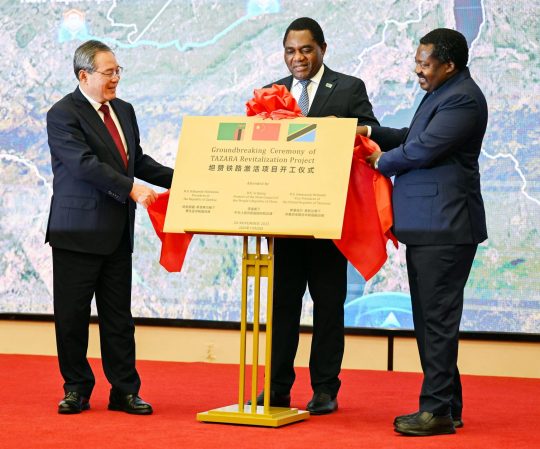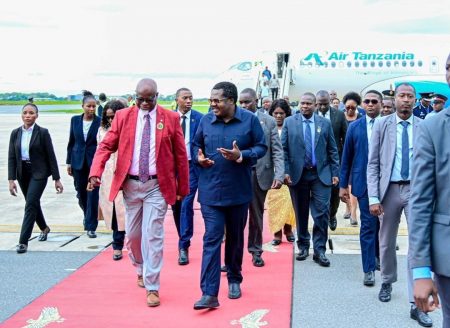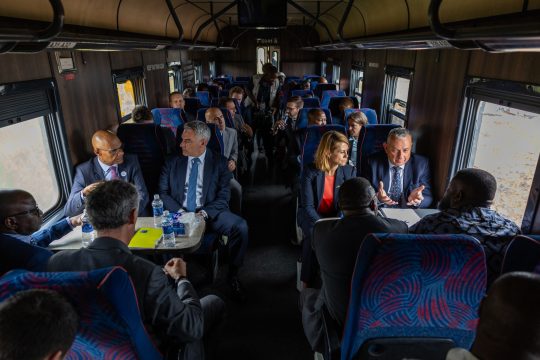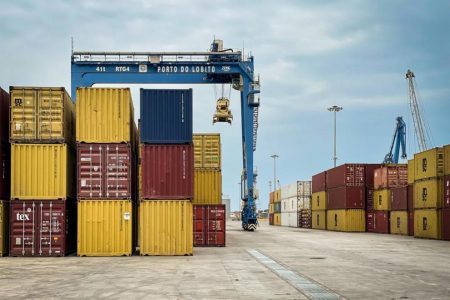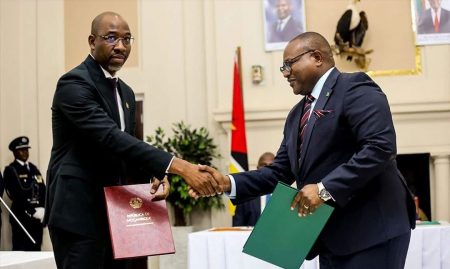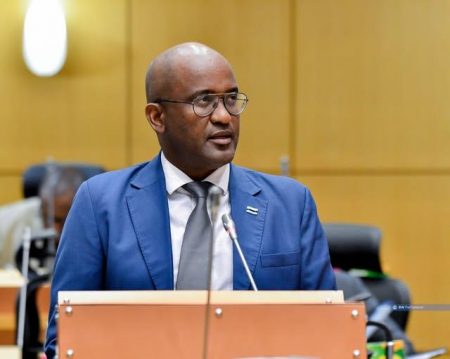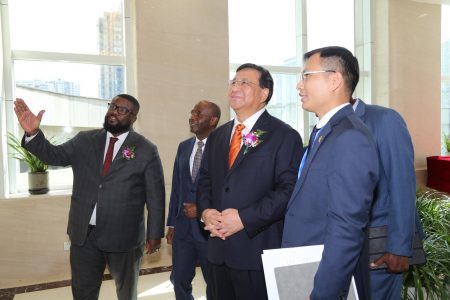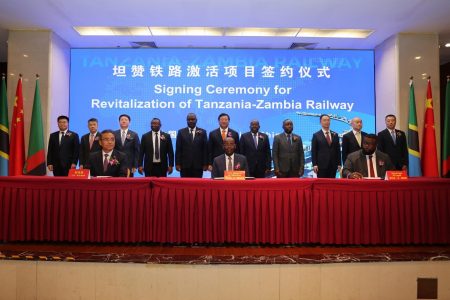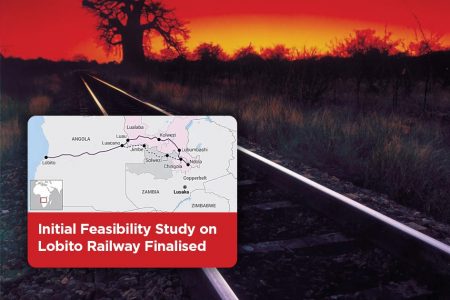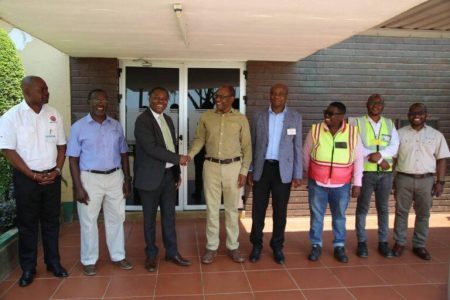This content is for Premium Subscribers only. To view this content, login below or subscribe as a Premium Subscriber.
Related News Articles
1 min
Lobito Atlantic Railway Secures USD753 Million to Accelerate Development in Angola
18 December 2025
SADC, Zambia
1 min
Zambia’s Mutanda–Kaoma Road Project Set to Transform Mining and Agricultural Trade
12 December 2025
SADC, Zambia
2 min
Dangote Cement Zambia Sees Opportunity in NRZ Clinker Transport
12 December 2025
SADC, Zimbabwe
1 min
TAZARA Revitalisation Launch Highlights Enduring Zambia, Tanzania and China Partnership
21 November 2025
SADC, Zambia
2 min
EU Boosts Zambia’s Rail Revival with €50 Million Investment
14 November 2025
SADC, Zambia
2 min
EU Expands Engagement in the Lobito Corridor under Global Gateway Initiative
14 November 2025
SADC, Zambia
2 min
Botswana Unveils Plans to Modernise Infrastructure and Expand Rail Connectivity
02 November 2025
SADC, Zambia
2 min
Zambia Railways Would Require Seven Years to Construct New Railway Line
24 October 2025
SADC, Zambia
2 min
SPV to Manage TAZARA’s Freight Operations
18 October 2025
SADC, Zambia
3 min
IFC Seeks Consultant for Zambia Lobito Corridor Investment Mapping
10 October 2025
SADC, Zambia
1 min
Government Assures China Railway CRCC of Support in TAZARA Revitalisation Process
30 September 2025
SADC, Zambia
1 min
Zambia, Tanzania and China Sign $1.4 Billion TAZARA Revitalisation Agreement
30 September 2025
SADC, Zambia
1 min
Initial Feasibility Study on Lobito Railway Finalised
29 September 2025
SADC, Zambia
2 min
Joint Communiqué Issued at Conclusion of Kazungula Bridge Project Ministerial Meeting
29 September 2025
SADC, Zambia
1 min
ZRL, Zambia Sugar Plc Confer On Strengthening Long-Standing Business Relationship
22 September 2025
SADC, Zambia
1 min
